As the post-Covid boom begins to level out, leading figures from the studios sector discuss the effect of stagnant economic conditions and the US writers’ strike
We’ve had high occupancy post-Covid and up to 92% occupancy at the start of this year – then a real downturn of enquiries coinciding with first rumours of a [US] writers’ strike,” reports Garden Studios chief operating officer Anthony Gannon.
“We turned our attention from high-end drama to entertainment and TV, but felt that was quite slow as well. Even though we had a lot of interest for pilots, many new commissions didn’t materialise.”
His comments chime with those of other studio execs Broadcast assembled for a virtual roundtable to assess the UK’s current studio landscape.
Pinewood Shepperton has long-term leases in place for Netflix and Disney, and is building 17 new stages for Amazon Prime and Netflix. “That business model sort of insulates us from the writers’ strike, but its effect is filtering through the whole industry and slowing things down,” says Pinewood head of TV Sarah McGettigan. “I feel there will be a lull before picking up again.”
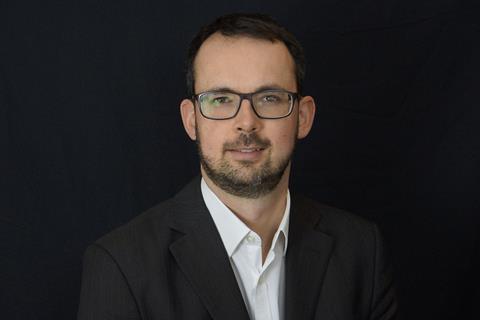
Pinewood also has returning ‘bankers’ such as Taskmaster but is still finding business “really slow” for new entertainment shows.
BBC Studioworks commercial director Jon Noakes echoes this view. “The strike is definitely having an impact, although the tail-off in bookings arguably began this time last year when Netflix announced its loss of subscriber numbers. There’s a general softness in the whole market.”
While the consensus is that the entertainment sector is stable, more money is going towards feature film and HETV drama.
“Our view of the shiny floor sector is that it is steady but not high growth,” Noakes says. “It’s a valued part of the schedule but I’ve not heard any broadcasters saying quizzes and panel shows are going to double in size over the next five years.”
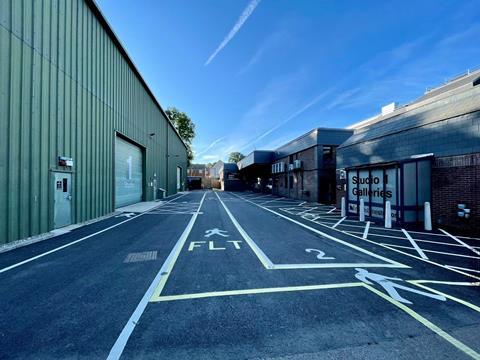
Maidstone Studios reported 96% occupancy in 2022, with returning entertainment staples such as Catchphrase and Family Fortunes towards the end of the year. This has continued into the first quarter with Blankety Blank, among others. “However, like everyone, I feel we are in for a slightly quieter summer with new commissions taking time to come to fruition,” says commercial director Josephine Clark.
Versa opened its London studios a year ago and already has return bookings and some new shows, and there is drama in production across the group’s other sites in Manchester and Leeds. “Everyone has felt the impact of the writers’ strike and ad market slump,” says executive director Charlie Ingall. “The key for us is to be diverse, offering space for drama and TV.”
Rebalancing the sector
The narrative for the UK studios sector has long been that space can’t be built fast enough to fulfil demand, mainly stemming from investment by streamers and Hollywood majors. Even when the writers’ strike ends, the panellists agree there will be a rebalancing towards long-term norms, away from make-do warehouses and towards quality.
Noakes says: “There’s been an under-supply over the past five years for sound stages, which meant that make-ready facilities were used. As more professional stages come on stream, there will be a better match of supply and demand. This will mean that lower-quality facilities will drop away or have very low utilisation.”
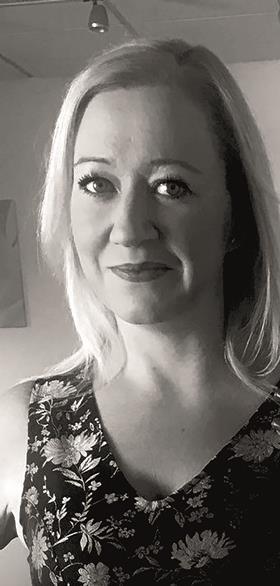
He continues: “The 100% occupancy of recent times will revert to more normal levels. Clients won’t have to book a site for five years just in case they need it, but will increasingly book as and when they require space.”
The current climate is also negatively impacting the freelance market. Pinewood’s McGettigan says that many freelancers are worried about being able to pay the bills. “The risk is that they will move out of the industry to seek permanent work, and therefore exacerbate the already acute skills shortage,” she says. “People leaving the industry is an absolute disaster, but often they don’t have a choice.”
Although layoffs during the pandemic pushed up the number of freelancers in the industry, Gannon estimates that up to a quarter may now have exited due to a lack of regular employment.
The paucity of work is also dissuading those who might replace them, he says. “When there’s a lack of commissions, newcomers find it hard to break into existing teams and therefore become disillusioned. We have to be mindful of how we treat people when they do come into the industry.
“A close-knit community, where lighting directors and lead camera operators have preferred crew, might be great for team cohesion, but doesn’t necessarily nurture new talent.”
There are numerous training avenues available to new recruits – Garden Studios has its on-site MetFilm School, with three virtual production training suites and two volume stages (see box, page 34), which it hopes will combat the huge skills gap around VP. Pinewood hosted the inaugural Futures Festival in November (and will again this autumn), a screen industries career fair that attracted more than 4,000 people.
Maidstone allows students of Kent’s University of Creative Arts to use its studios and galleries.
Versa also invites industry entrants into its facility “to experience everything from construction builds to being behind the camera or in the gallery”, Ingall says. “We all have a responsibility to do as much as we can.”

BBC Studioworks invests in trainees – and Noakes acknowledges that its scale allows it to absorb that cost better than some smaller operators. “We are all going to have to dig deep and invest in people,” he says. “Without people, the rest is irrelevant.”
Despite this, Gannon points out: “You can do all this training but if there are no jobs at the end of it, then they will probably drift back into the gaming sector – which is booming.”
Green agenda
Ingall says that Versa’s facilities are powered by green energy, which clients can use toward their Albert accreditation: “We get asked by 99% of our shows about sustainability, so it is an important part of decision-making. Sustainability is only going to become more important.”
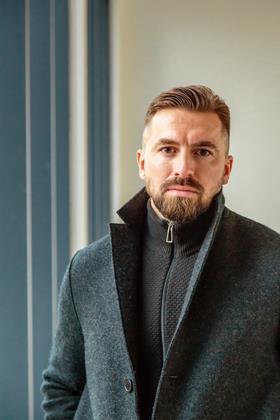
The picture is mixed, though. McGettigan says environmental concerns vary by broadcaster and Gannon says “others scramble around after the event for information about energy use in order to tick boxes”.
He adds: “We find it becomes a paper exercise for some. It depends on who they are answerable to.”
Twelve studios participated in the Bafta Sustainability Scheme based on 2022 data, with BBC Studioworks topping the scorecard, with an overall sustainability rating of 83%, compared with an average of 59%. Gannon takes issue with the measurement criteria and calls for studios with legacy buildings in particular to be given a fairer assessment.
“I see three types of studio: historic, conversions and modern builds. All three are being judged against the same criteria. Older studios are naturally going to be fighting for sustainability credentials more than newer builds or recent upgrades. I feel like we should have more of a balance in how we are assessed.”
McGettigan agrees that Pinewood’s vintage studios have challenges: “We are working on them. You can be sustainable with new builds but you can only do your best with older ones.”

Similarly, the fabric of one of Maidstone’s studios is 40 years old, but Clark reports there were some changes it was able to make: “We changed the lighting to PIRs and step by step little things like that help make everything more cost- and carbon-effective.”
Studios are united in wanting to produce in the most economic way possible but with energy bills skyrocketing, often the only way to survive is to pass those costs on. “We’ve got solar panels on the roof,” Gannon says. “Do they generate enough power for a broadcast TV studio? No. As studio businesses we are all trying, but there should be a fair way of balancing that takes into account all different studio types.”
THE BENEFITS OF VIRTUAL PRODUCTION
Virtual production has generated almost as many column inches as artificial intelligence in recent times as its efficiency and creative benefits continue to be explored. Nonetheless, volume stages are not going to replace traditional sound stages anytime soon – and demand is not perhaps as high as the hype would suggest.
“We see it as a fantastic tool, but it is not the be all and end all for a production,” says Garden Studios chief operating officer Anthony Gannon. Garden Studios has hosted more than 85 productions in two years at its volume stages, ranging from adverts and multicamera drama to TV pilots. “VP has to be fit for purpose.” he says. “We will offer to join visiting productions for script run-throughs and advise them whether it can work.”
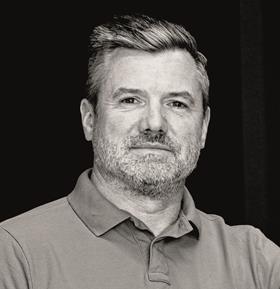
The rate card for a day on Garden’s volume stage is £10,000, which also includes the studio’s full service. “That’s pretty good value,” Gannon says. “It’s not as expensive as it was and the market has become more competitive. It’s important to understand what is realistically achievable. Having the expertise of a VP team on site means you can advise a production that some jobs may be better in a conventional studio.”
Sony has opened a VP space in Pinewood that is primarily for training, but gives producers and DPs an idea of what to expect and test out scenarios.
“The question for many studios is: do you need to install the kit yourself or do you work with a third-party supplier that can bring in kit and technicians as required?” says Noakes. “Like any equipment, we judge whether it becomes obsolete before return on investment, what is the upfront capex and likely utilisation. VP as a method of filming will continue to grow. It depends on your economics as a studio operator.”
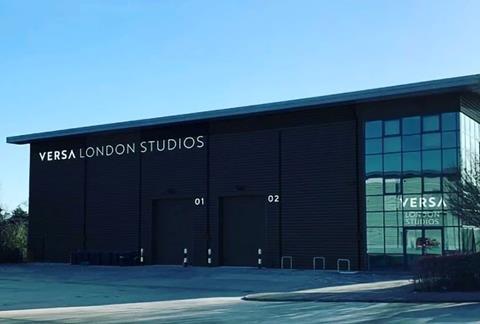
One of the main benefits to VP is the cost savings and reduction in carbon emissions from not having to transport and accommodate crew on location.
“The twin issues of cost and sustainability are mutually aligned, says Noakes. “Everyone wants lower energy costs. Even if prices come down, it is the right thing to do to invest in greening your studio. But this is not a competition. We all need to work together to manage sustainability and bring down carbon footprints.”











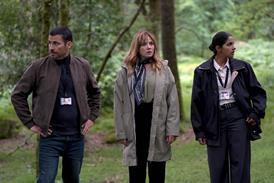











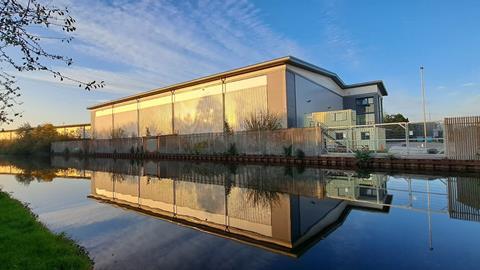






No comments yet